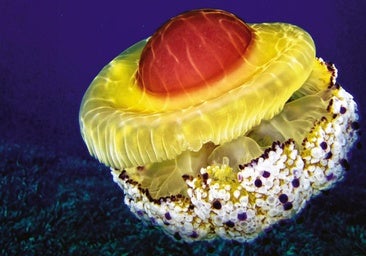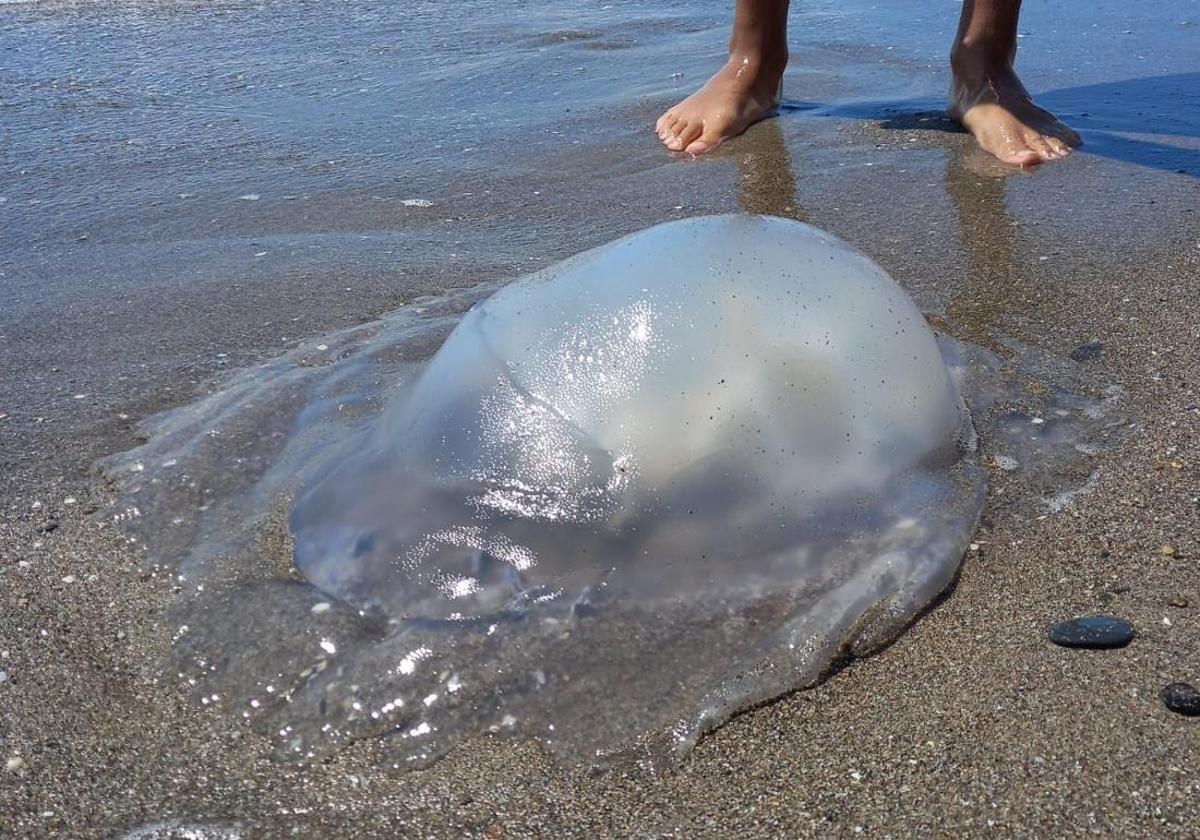This is how to deal with jellyfish, spider fish and sea urchin stings, according to Spain's OCU
The Spanish organisation has published a guide with recommendations for dealing with the painful stings from the sea creatures
Spain's consumers and users organisation, OCU, has published a guide on how to deal with jellyfish, sea urchins and spider fish stings. "If you are unlucky enough to come across them, a quick and accurate reaction will save you time and pain," it says.
In the case of jellyfish, a very painful, inflamed and blister-like wound usually appears on the affected area. In general, the jellyfish that live on the Spanish coast don't cause anything more serious than stinging and inflammation. Once stung, the first thing to do is to remove the tentacles stuck to the skin without touching them with your hands, wash the injury with seawater or saline solution and apply ice to relieve the pain. It is important not to rub or scratch the skin and to see a doctor if the swelling is severe.
The spider fish or scorpion fish - the OCU points out - is a common sight in Spanish seas and can come quite close to the coast. Although it is difficult to see it because it burrows into the sand, its sting is very painful due to the venom contained in its spines. In fact, the site of the sting will appear red and swollen, and in extreme cases it can cause nausea, vomiting and fever. The pain can last for hours and can be quite intense.
For relief, it is best to wash the affected area well (with water or saline) to wash away any debris that may be stuck to it and soak the area in hot water for at least 30 minutes, as the toxin is sensitive to heat. If hot water is not available, hot sand from the beach may also help. The last step, of course, is to visit a doctor to assess the wound, the risk of infection and the need for antibiotic treatment or tetanus prophylaxis.
Sea urchins also often cause problems at this time of year. They live on shallow rocky seabeds and if they are stepped on or touched, their spines may dig into the skin. In this case, the first thing to do is to remove them using tweezers if possible, being very careful not to break them. If this is unsuccessful, after washing and disinfecting the affected area, use gauze with water and vinegar to soften or dissolve them. If you do not succeed, or if the wound gets worse, see a doctor.


